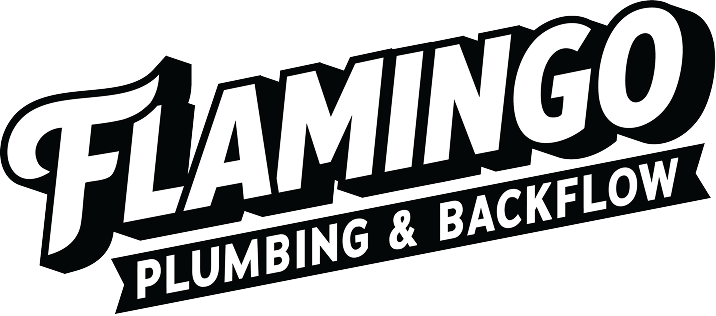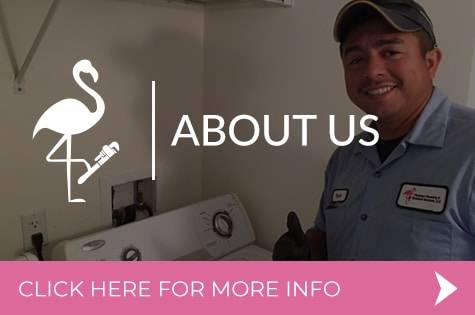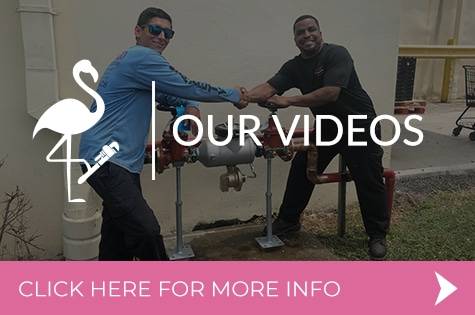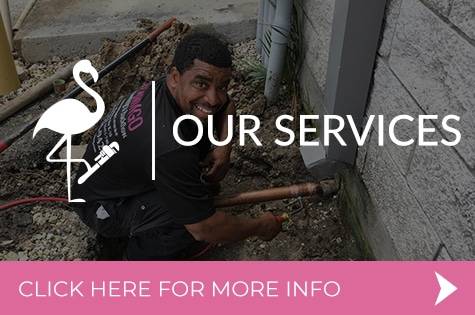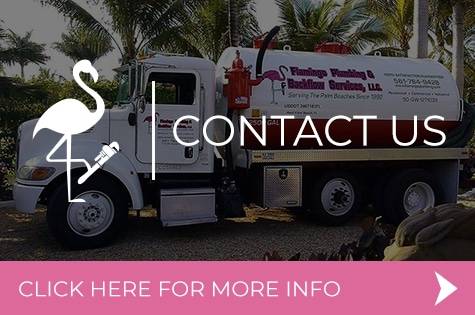A very obvious sign of a sewer drain clog is when more than one plumbing fixture backs up at the same time. The toilets in particular are affected by this, but other fixtures can also be involved. If you suspect that you have a sewer drain clog start by checking other fixtures in the home.
1) Toilets – Toilets have the most direct path to the sewer and the biggest drain line in the house, so if there is a problem with the sewer drain you will notice it here. It is rare to have a main line sewer stoppage and the toilets are working correctly.
2) Tub and Shower – Other drains typically affected by a main line stoppage are those in the tub and shower. This is due to the fact that they sit lower down than say a sink drain. Check whether the tub and shower drains are blocked if you suspect a sewer drain clog.
Also Read: Are Clogged Toilets and Showers Connected? Understanding and Preventing Plumbing Issues
3) Strange Reactions When Using Fixtures – The next thing to look for when you suspect a sewer drain clog are any unexpected or unusual reactions when using plumbing fixtures.
4) Flush the Toilet – If flushing causes water to back up into the tub or shower, it’s a clear indicator of a sewer drain clog. When water can’t flow down the sewer line, it’s forced back up the pipes, typically emerging at the lowest point—often the shower drain.
4) Run The Sink – Another strange reaction to look for is trapped air in the plumbing system. Do this by running water in the sink closest to the toilet for a minute or so. If the toilet bubbles or you can see the water level in the toilet rising then the clog is very likely in the main sewer line and not in the toilet.
6) Washing Machine – An unexpected sign of a sewer drain clog can happen when you run the wash machine. If the water draining out of the washing machine causes the toilet to overflow or backs up into the tub or shower it could be the sewer main.
Note: This could just be a washing machine and shower problem and not a sewer drain clog. If the toilets are still flushing fine while this occurs then this is likely due to a washing machine stoppage and not a sewer main.
7) Drainage At The Clean-Out – If you have a main line clean out you have an additional way of verifying a sewer drain clog. Locate the clean out if you don’t already know where it is. Open the clean out by either unscrewing or pulling to remove the cap. Check the clean out for any waste or water that may be backing up there. You should not be able to see the water coming up the clean out pipe. If water is flowing up and out of the clean out or standing in the pipe this confirms that you have a main line sewer stoppage.
Once you have verified a sewer drain clog you can move on to clearing it. Clearing a sewer drain requires a sewer drain snake. You can either call a professional plumber or rent the machine and clear it yourself. Either way a sewer drain clog should be cleared as quickly as possible. Please consider calling Flamingo if your drains are having issues. Counties in S. Florida that we service include: St. Lucie, Palm Beach, Martin County, Broward County, and Miami-Dade.
